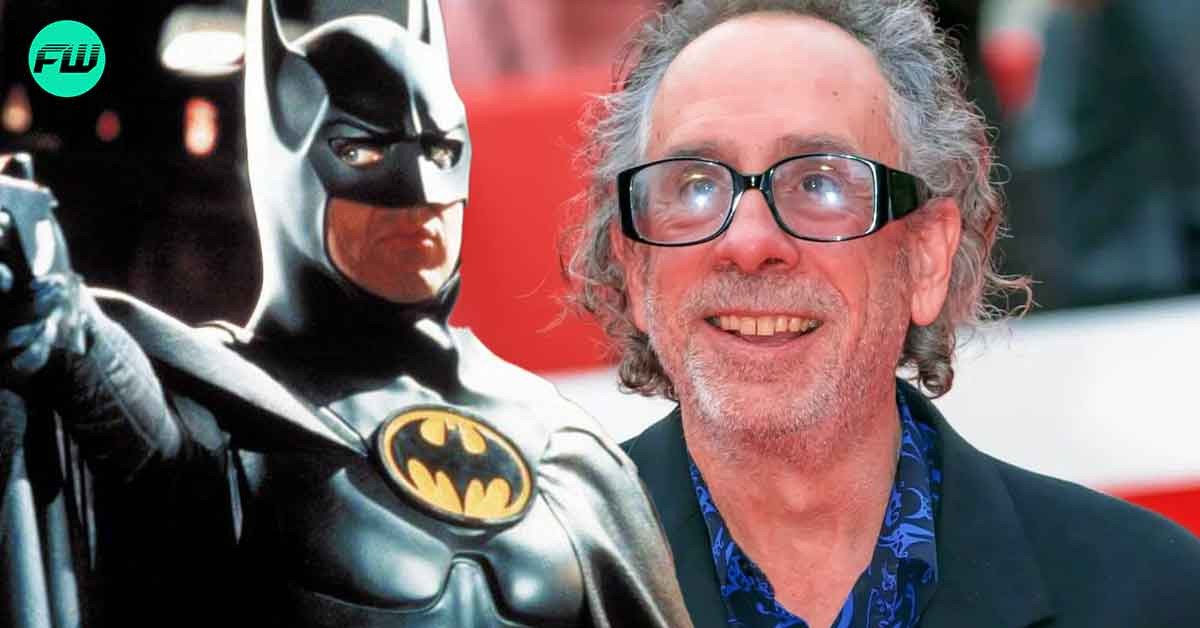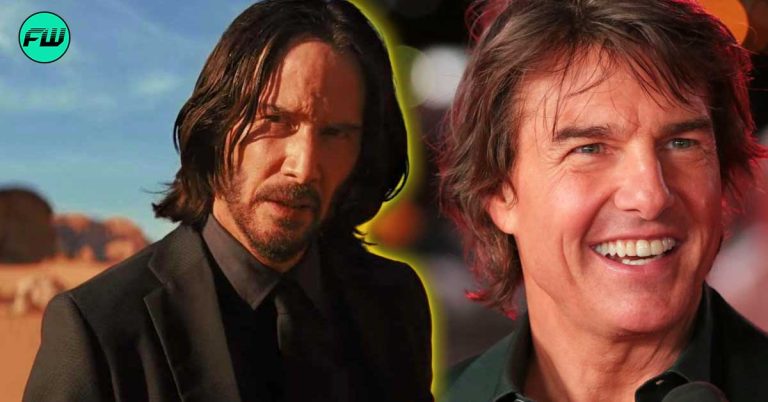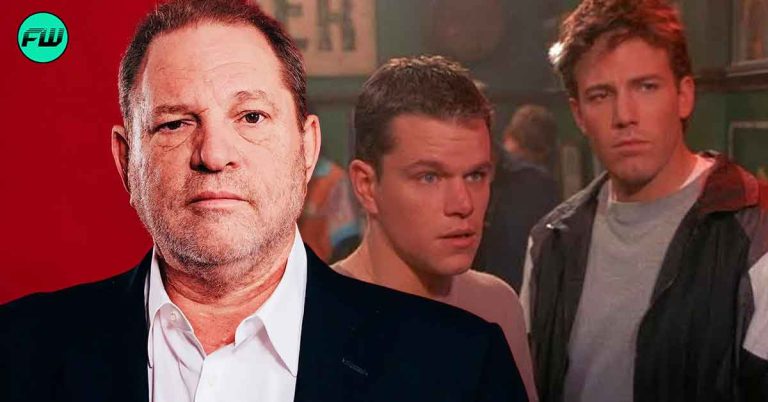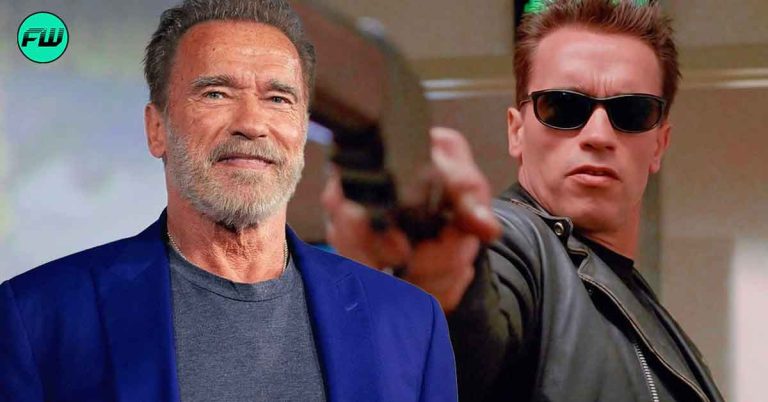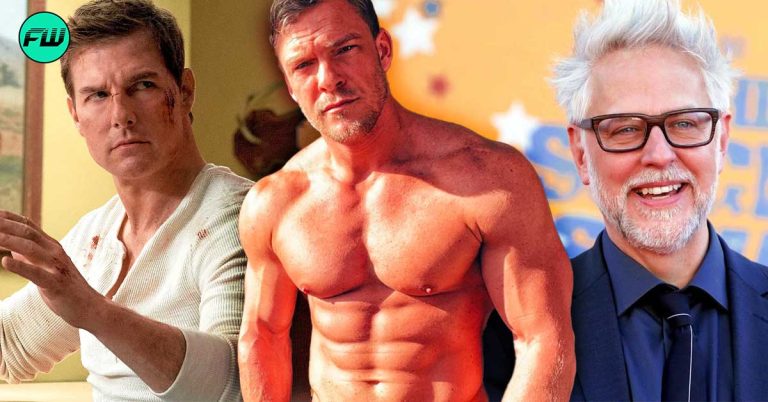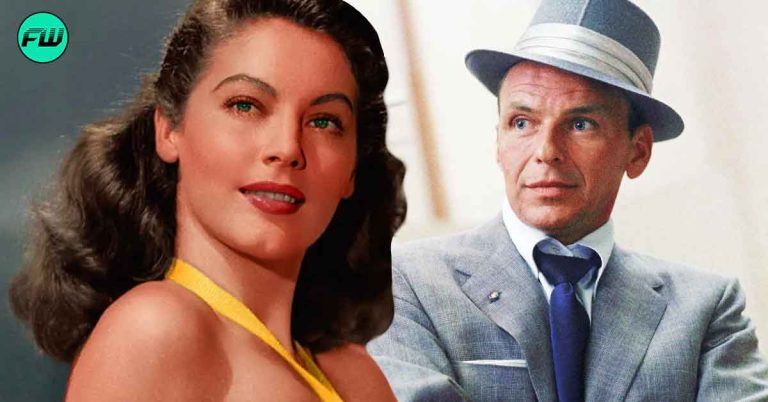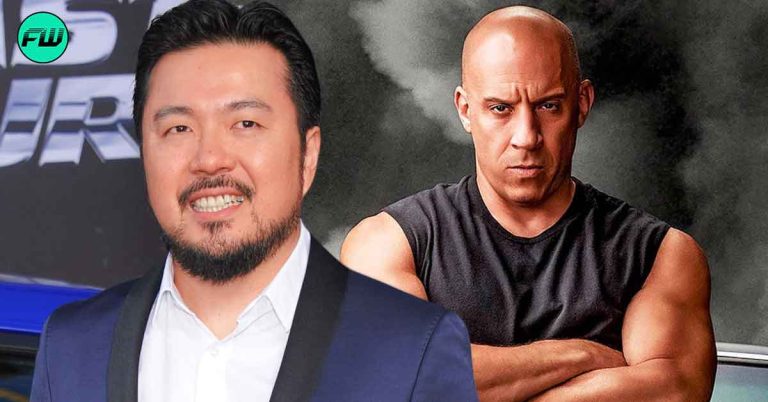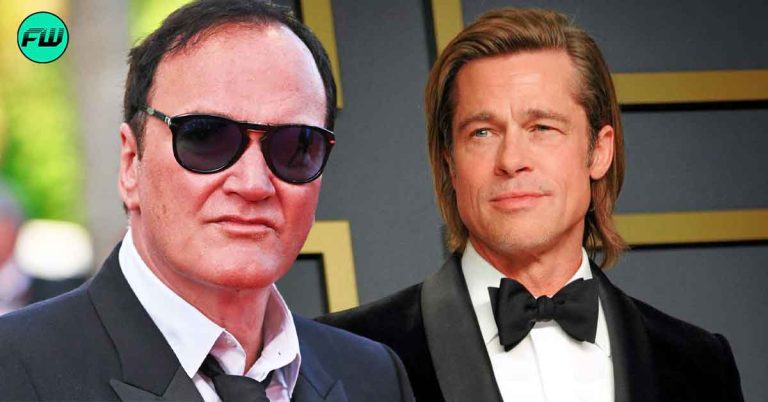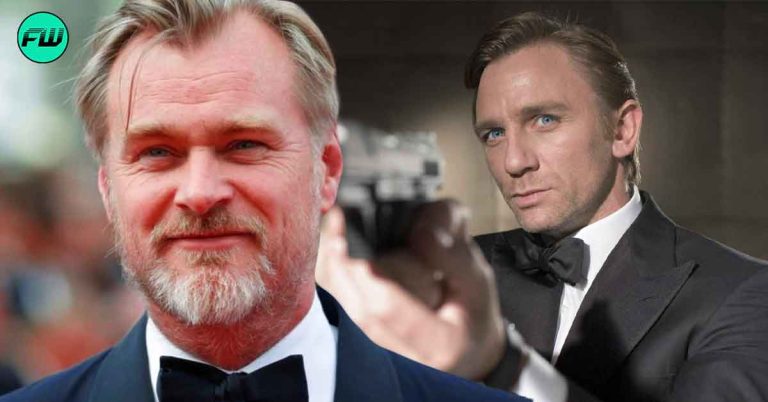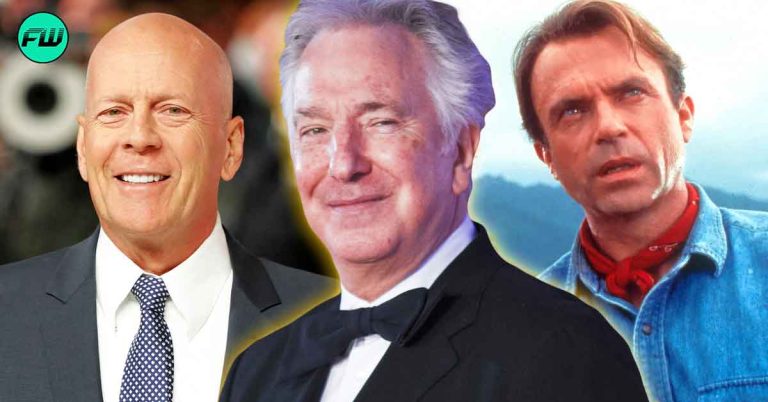In recent times, Batman Returns has finally garnered the recognition it always merited, and quite frankly, it’s high time. While a faction of Batman enthusiasts still holds disdain for portrayals of Batman engaging in killing, there’s also a camp that contends Batman Returns leans more toward a Tim Burton-esque creation rather than a quintessential Batman film.

Nevertheless, as the escalating adoration suggests, Burton’s dark fairy tale retains its status as the most captivating, haunting, and visually striking Batman movie. Bo Welch’s production design, arguably the finest rendition of Gotham on screen, creates an enveloping ambiance that has lingered with me since my first viewing on my parents’ rented CRT television. It’s no wonder Burton still takes pride in his 30-year-old “weird experiment.“
The Original Script Had More Batman Dialogue
During the film’s 30th anniversary, Waters shared with The Hollywood Reporter that his initial script boasted a considerably larger amount of Batman and Bruce Wayne dialogues. However, the film’s lead actor, Michael Keaton, urged the screenwriter to curtail most of it, acknowledging the potency of Batman’s visual presence. He articulated this by saying,
Once I realized how powerful the suit was in terms of an image on screen, I just used it.”
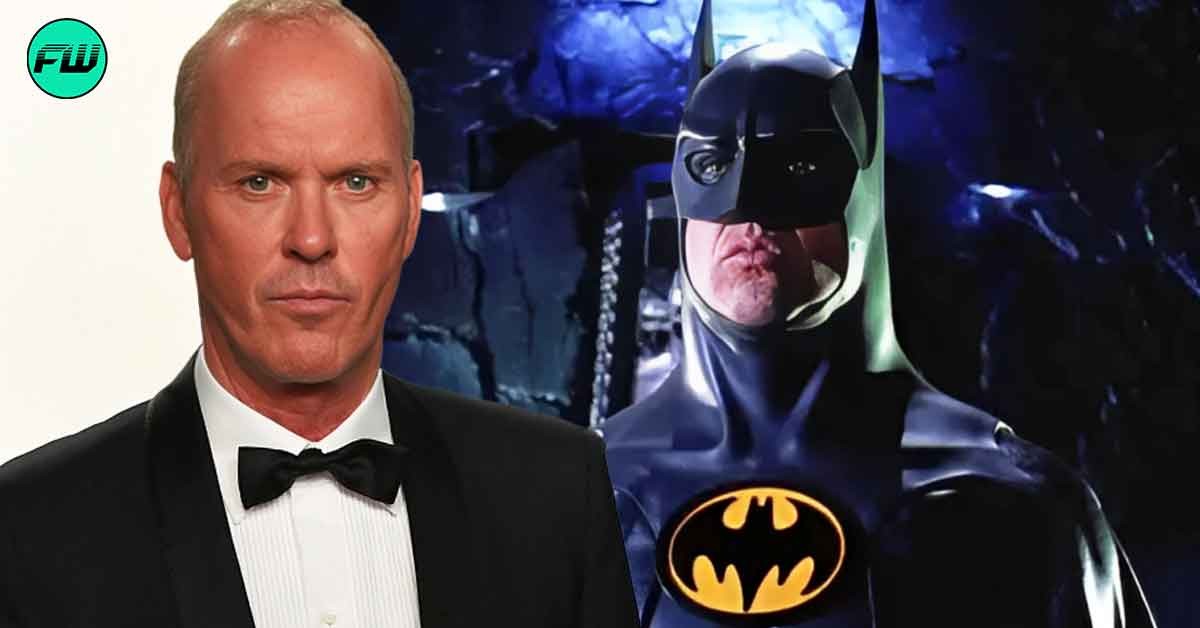
Frequently cited as a critique of Batman Returns is the perception that the titular character takes a backseat, while the spotlight shines on the more eccentric villains— and to some degree, there’s validity to this observation. However, I personally believed that Keaton’s subdued and enigmatic portrayal added an almost otherworldly aura to Batman, which harmoniously meshed with the universe Burton and Welch meticulously crafted.
In actuality, the portrayal of the Caped Crusader in Batman Returns resonated as the genuine embodiment of the “weird figure of the dark” that Bill Finger originally envisioned, as depicted in Detective Comics #33 back in 1939. Evidently, Waters concurs with this notion, stating that upon viewing the film, he recognized the wisdom in Keaton’s decision to trim down his dialogues.
Michael Keaton Returned For His Role
Keaton has shared insights about his reprisal of the rubber-suited role for the 1992 sequel, returning as Batman three years after his initial portrayal. What intrigued him about revisiting the character was his initial tendency to emulate his performance from the 1989 film, admitting to “kind of doing an impersonation of myself.” However, he soon recognized this approach’s inefficacy and consciously chose to shed it. Keaton opted to approach the role anew, as if it were his first time, entrusting that the character’s essence would naturally guide him.
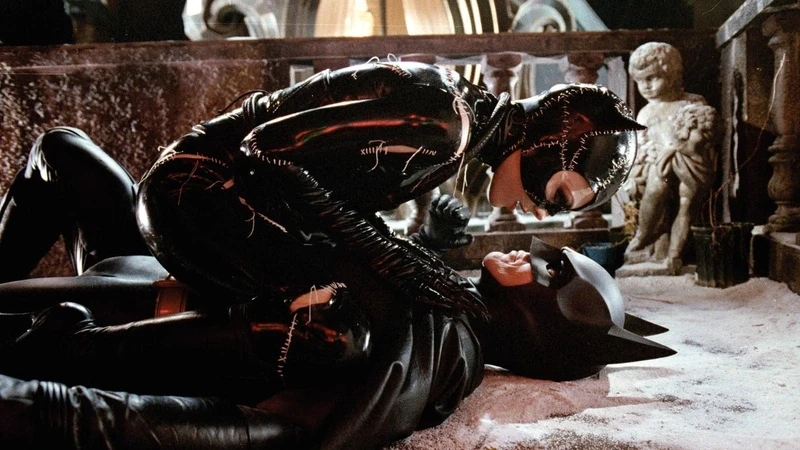
Upon revisiting both films, the distinction in Keaton’s portrayals becomes strikingly evident. In Batman, the caped crusader exudes a more rugged demeanor, coupled with a somewhat more expressive communication style. Conversely, the Batman depicted in Returns adopts a more succinct, enigmatic persona, embodying the qualities of an anti-hero.
Through his silence and the ease with which he dispenses fatal retribution, a palpable undercurrent of menace and pent-up fury is palpable. While this more violent rendition might raise eyebrows among staunch character enthusiasts, within Burton’s gothic realm, it harmonizes seamlessly.
Source: Looper

